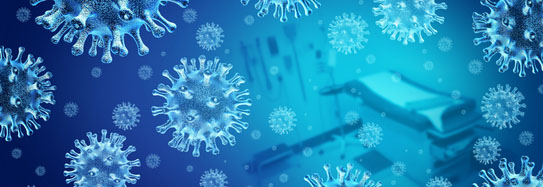Fungi are all around us. Their microscopic spores are on the ground and in the air. Most of these fungi are harmless. However, certain types can cause serious fungal infections in some people.
Fungal infections can occur anywhere in your body but most commonly, they begin on your skin. Most cause some discomfort, such as redness and itching. Usually over-the-counter or prescription medications take care of this. Sometimes these skin infections do not heal though and they worsen, possibly causing sepsis. When a fungus is inhaled and enters your body or is introduced into your body in another way, the risk of infection rises, especially if you have an impaired immune system. People with impaired immune systems are more likely to develop sepsis with fungal infections than people with normal immune systems.
Sepsis, which was often called blood poisoning, is the body’s life-threatening response to infection. Like strokes or heart attacks, sepsis is a medical emergency that requires rapid diagnosis and treatment.
Suggested Citation:
Sepsis Alliance. Sepsis and Fungal Infections. 2024 https://www.sepsis.org/sepsisand/fungal-infections/
Updated January 5, 2024.











































